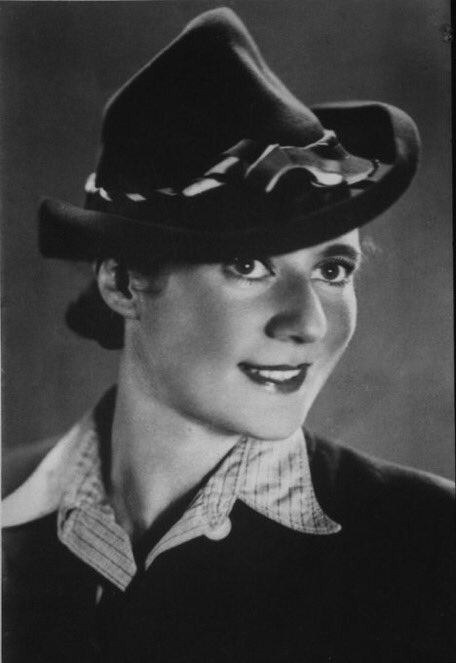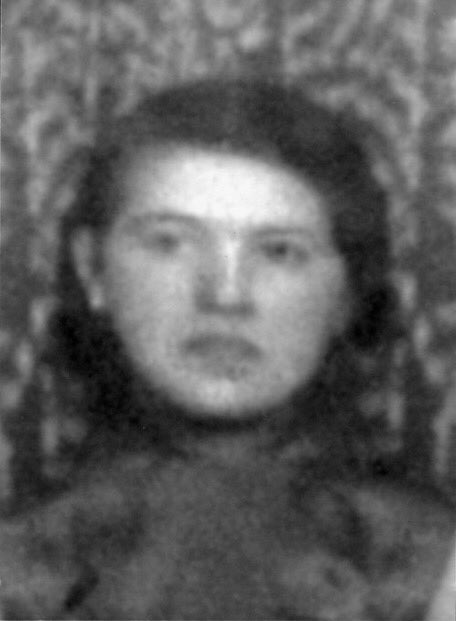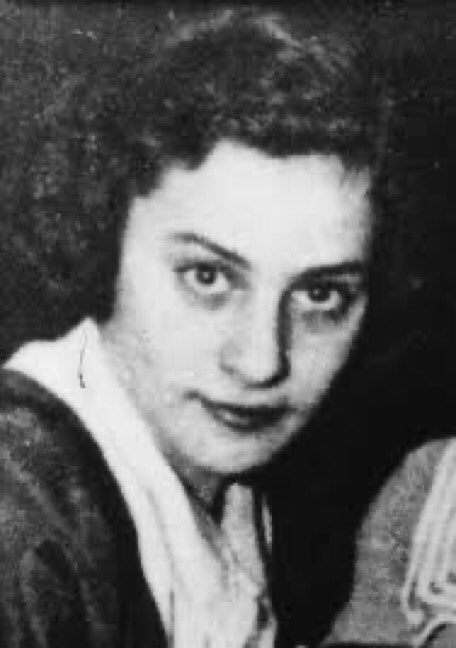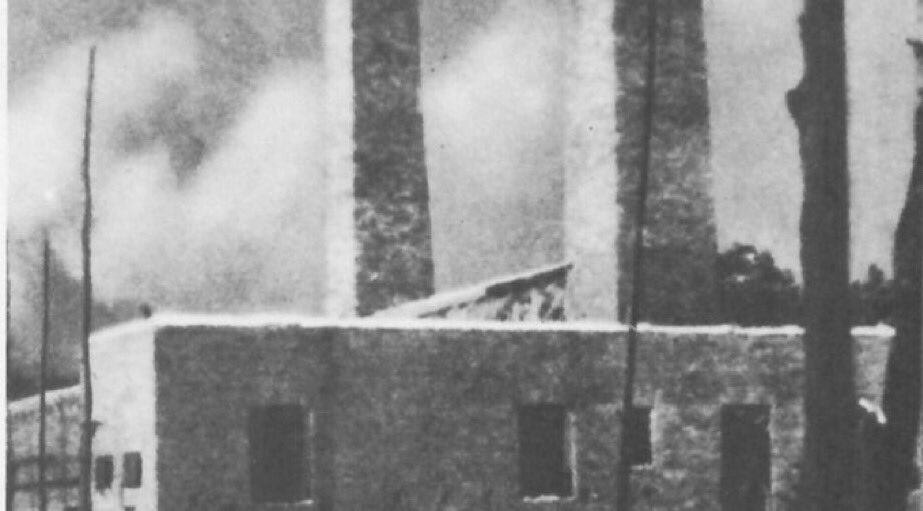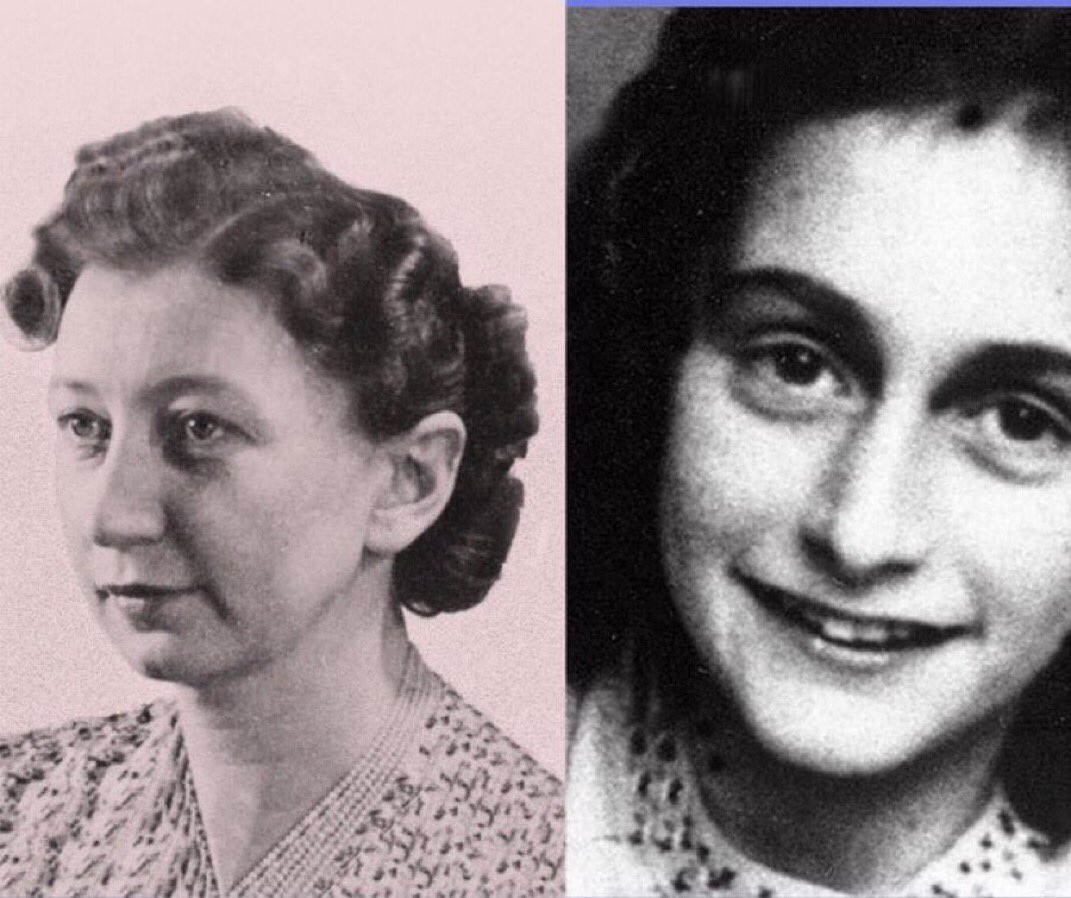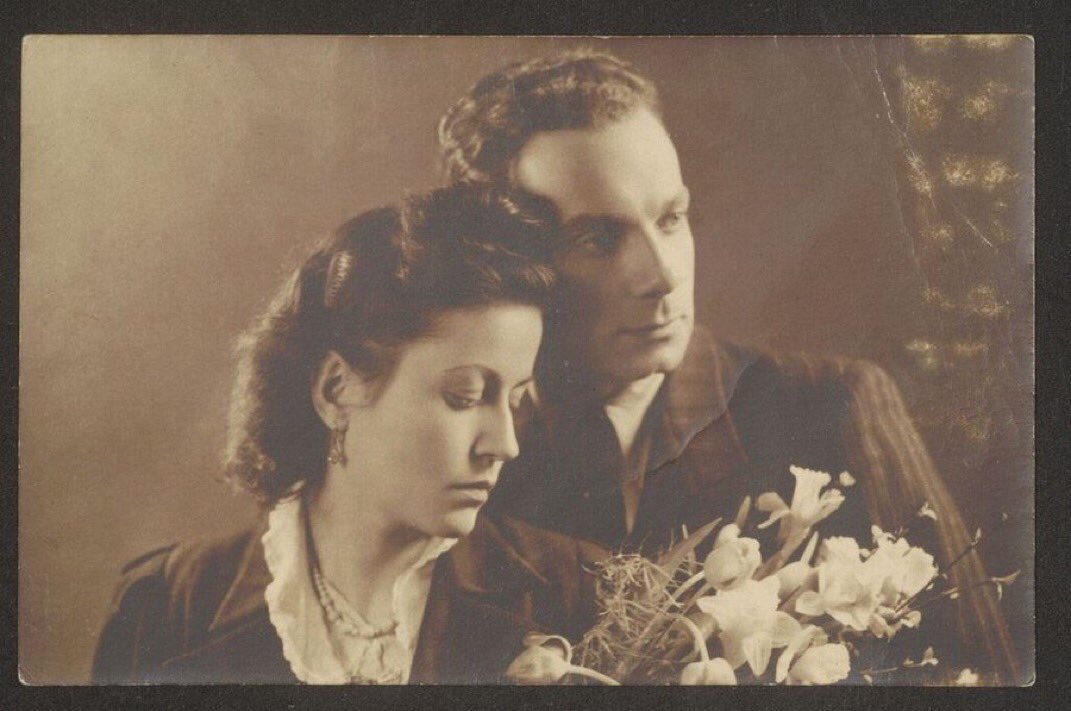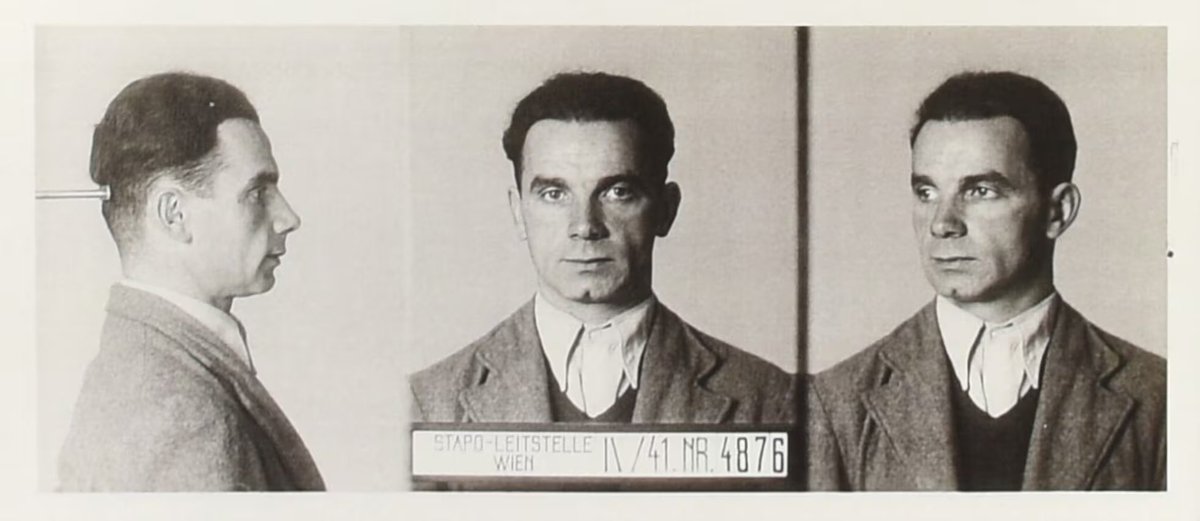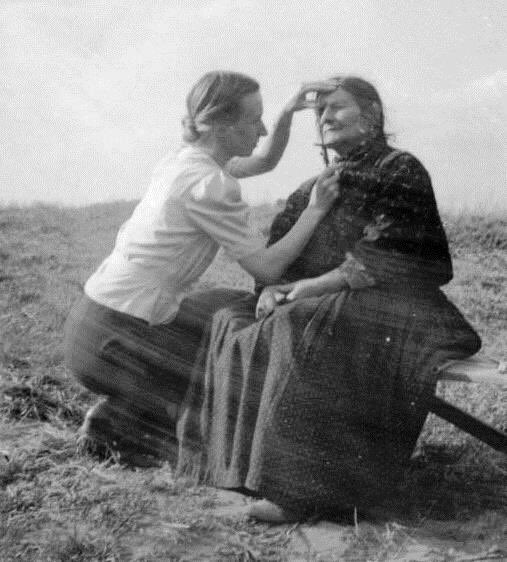The #Righteous during World War Two
Egyptan Dr. Mohammed Helmy saved a Jewish family in Berlin from death in the Holocaust
1/n
Mohamed Helmy was an Egyptian doctor who lived in Berlin and hid several Jews during the Holocaust. He was honoured by Israel's Yad Vashem

Egyptan Dr. Mohammed Helmy saved a Jewish family in Berlin from death in the Holocaust
1/n
Mohamed Helmy was an Egyptian doctor who lived in Berlin and hid several Jews during the Holocaust. He was honoured by Israel's Yad Vashem


2/n Holocaust memorial as "Righteous Among the Nations" – the highest honor given to a non-Jew for risking great personal dangers to rescue Jews from the Nazis' gas chambers.
Helmy was born in 1901 in Khartoum, in what was then Egypt and is now Sudan, to an Egyptian father and a
Helmy was born in 1901 in Khartoum, in what was then Egypt and is now Sudan, to an Egyptian father and a

3/n German mother. He came to Berlin in 1922 to study medicine and worked as a urologist until 1938, when Germany banned him from the public health system because he was not considered Aryan, said Martina Voigt, the German historian, who conducted research on Helmy.
4/n When the Nazis began deporting Jews, he hid 21-year-old Anna Boros, a family friend, at a cabin on the outskirts of the city, and provided her relatives with medical care. After Boros' relatives admitted to Nazi interrogators that he was hiding her, he arranged for her 

5/n to hide at an acquaintance's house before authorities could inspect the cabin. The four family members survived the war and immigrated to the U.S. Letters expressing their gratitude to their rescuer were uncovered in the Berlin archives, and were submitted to Yad Vashem
6/n After the war, Helmy picked up his work as a physician again and married Emmi. The couple had been unable to marry during the Nazi era because of the race laws in place. Helmy stayed in West Berlin where he worked as a doctor until his death in 1982. 

7/7 Mohamed Helmy and his wife Emmi Helmy (right) in Berlin during a visit of Anna Boros (second from left) and her daughter Carla in 1969. 

• • •
Missing some Tweet in this thread? You can try to
force a refresh





